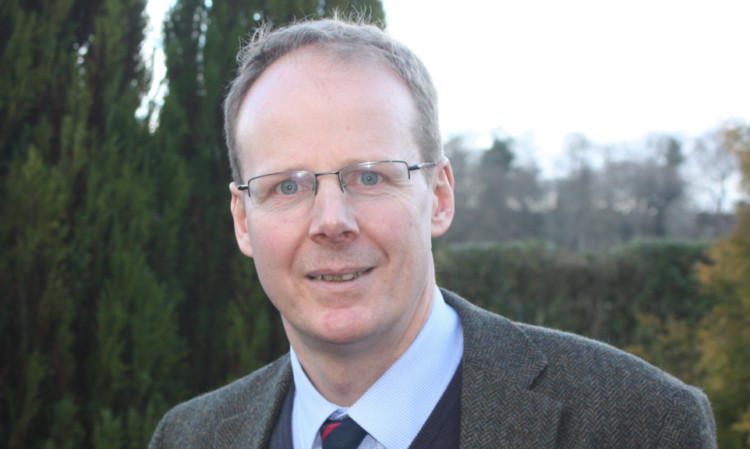The intricacies of CAP reform from the arable perspective were put under the microscope at the annual meeting of Scottish Agronomy, the farmer-owned crop advisory group.
Summing the situation up, David Siddle of farm business consultants Andersons Northern said: “Comparing what will be known as the Basic Payment Scheme with the current Single Farm Payment scheme, I don’t think the changeover will in itself drive structural change but the BPS will undoubtedly be more complex.”
Most of the complexity would come from the greening requirements, with the need to measure field margins or other features in order to comply with Environmental Focus Areas.
“Non-compliance will not be an option economically,” said Mr Siddle.
With 30% of the BPS coming from the greening element, including 5% EFAs and the three-crop rule, there was too much money involved for it to be ignored.
There was also an escalating level of fines for those who chose to ignore the requirements.
The three-crop rule means all farmers with more than 30 hectares of arable land need to grow at least three different crops. However, Mr Siddle did not think this would cause major problems.
“I know surveys have shown 800 to 900 farm businesses will be affected to some degree, but I think we will find a way through this.”
The need to leave 5% of every farm as EFAs could be mitigated to some extent by using environmental features and sowing protein crops.
Alyn Smith MEP had already told the meeting he had never seen a farm that didn’t have a range of environmental features that would count towards EFAs.
He didn’t see much good land having to be set aside.
However, this drew a sharp response from David Aglen, farm manager at Balbirnie Estate in Fife. “We are farming 3,000 acres, so our EFA will be 150 acres. This is quite a lot to find.”
Mr Siddle, who admitted his assumptions were made on the likelihood that the current Scottish Government consultation on CAP reform would be largely adopted, then turned to the key question of how much money arable farmers might expect to see.
“Assuming that there will be 1.8m hectares in Region One (arable, temporary grass and permanent grass) and 2.8m hectares in Region Two (rough grazing), he estimated that the Region One payment would be around 225 euros per hectare and the Region Two payment around 25 euros.
“If Region Two becomes larger, with more rough grazing becoming eligible, then payments will obviously be diluted,” he added.
The share of the budget used for coupled payments would also have an effect, Mr Siddle warned.
“The current beef calf scheme costs about £22 million. If the future funding level is 8% of the Scottish budget, then that adds another £14m to the calf scheme.
“News from Brussels this week points to it being raised to 13%, and if that comes about then the increase is about £34m and coupled payments will total £56m, which is not so different from the Less Favoured Areas Support Scheme.
“Coupling might of course be expanded to include sheep and dairy beef.
“I know I am speaking to arable farmers today and they might not be too happy as all this would mean less per hectare for them.”
Speaking from the floor, Ellon farmer Ian Bartlett drew applause when he said there were beef farmers receiving an SFP which “didn’t reflect the true position”.
Arguing for a quick transition to the new area-based scheme, he said: “Some of these farmers have been lucky to have payments at a high level for 10 years, and if they can now buy entitlements to carry that on into the future I think that is all wrong. It is making the rest of us hard up.”
He added that he had no problem with money going to bona fide suckled calf producers. His argument was against finishers who had received high payments just because they had large numbers of cattle in the reference years of 2000 to 2002.
Mr Siddle had previously pointed out that some people were buying entitlements to the old scheme just now in the hope that the number of historic entitlements held at the end of this year would be important.
There would be an entirely new allocation of entitlements for the BPS based on the area farmed in 2015, but Mr Siddle thought it likely that the old historic scheme would be gradually phased into the area model by 2019.
There would therefore still be an advantage in holding a high historic entitlement.
